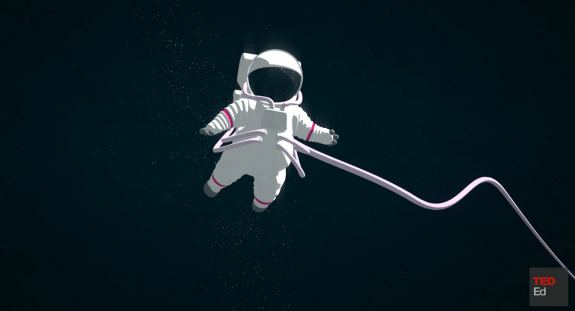
What would it take to survive in space?
Prolonged space travel takes a severe toll on the human body. As we seriously consider the human species becoming space-faring, a big question stands: even if we do break free from Earth’s orbit and embark on long-duration journeys among the stars, can we adapt to the extreme environments of space? Lisa Nip examines our odds.

Without an atmospheric barrier and a magnetic field like Earth’s, most planets and moons are bombarded with dangerous subatomic particles, like ionizing radiation.

These particles can pass through nearly anything and would cause potentially cancerous DNA damage to space explorers. So, to survive as a species during space travel, we’d have to develop methods to quickly program protective abilities into ourselves. A beta version of these methods is gene therapy, which we can currently use to correct genetic diseases.
Now, what if we could turn the tables on radiation? Human skin produces a pigment called melanin that protects us from the filtered radiation on Earth.

Melanin exists in many forms across species, and some melanin-expressing fungi use the pigment to convert radiation into chemical energy. Instead of trying to shield the human body, or rapidly repair damage, we could potentially engineer humans to adopt and express these fungal, melanin-based energy-harvesting systems. They’d then convert radiation into useful energy while protecting our DNA. This sounds pretty sci-fi, but may actually be achievable with current technology.

Check out what else scientists have up their sleeves in the TED-Ed Lesson: Could we survive prolonged space travel?
Animation by Bassam Kurdali/TED-Ed
To learn something new every week, sign up for the TED-Ed Newsletter here >>



